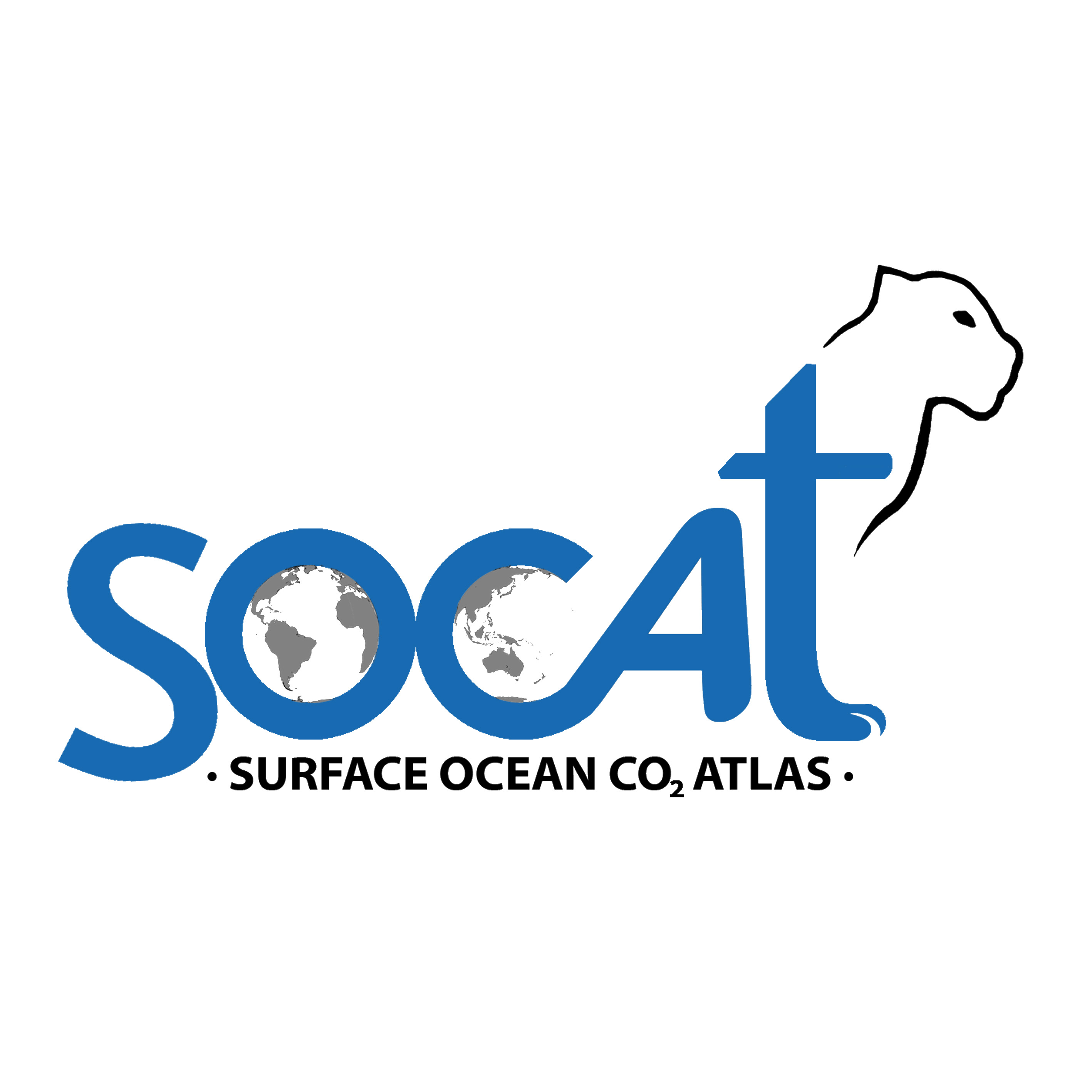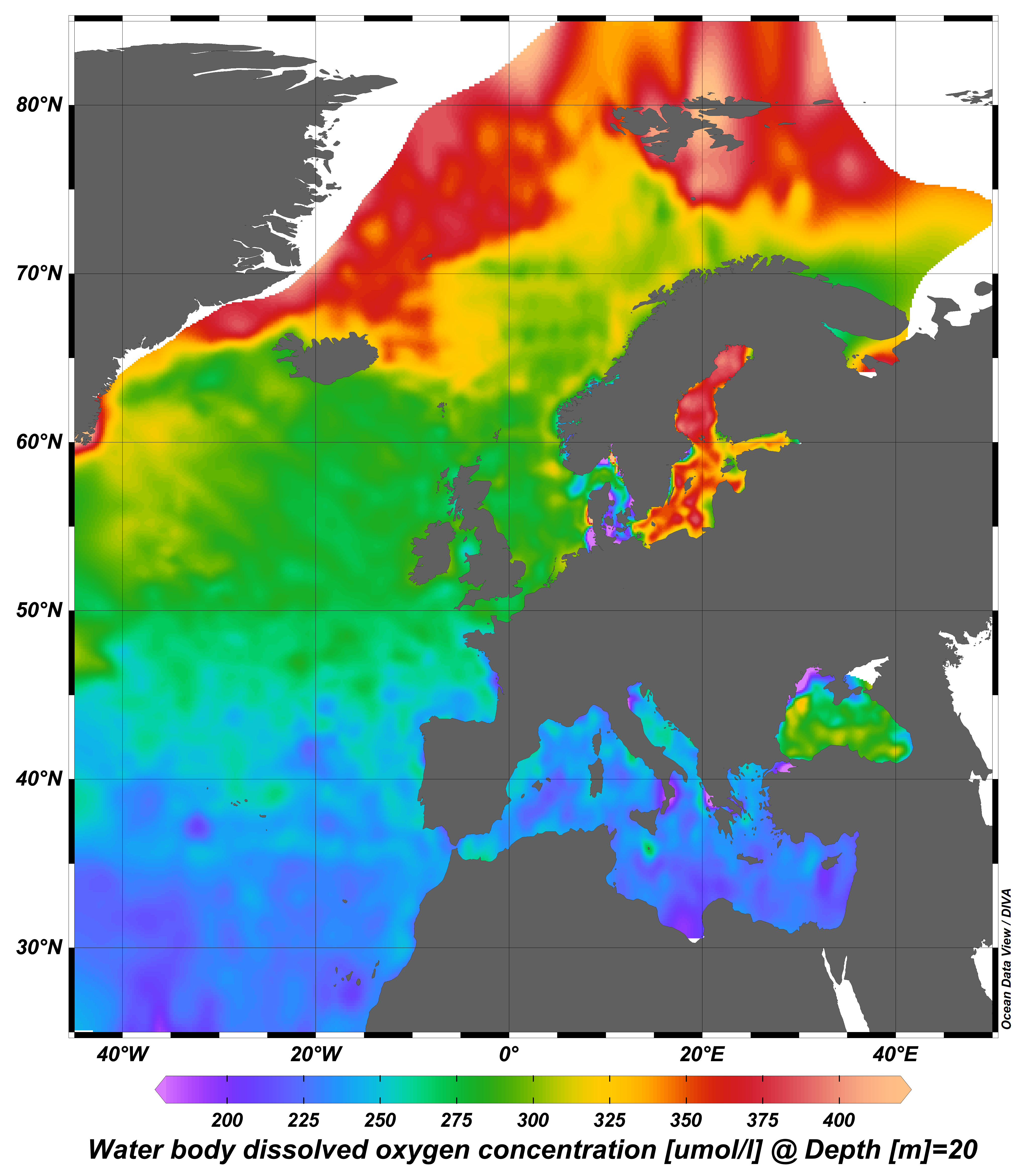/Chemical Environment
Type of resources
Available actions
Topics
Keywords
Contact for the resource
Provided by
Years
Representation types
-

BCO-DMO, located at the Woods Hole Oceanographic Institution, is a combination of the formerly independent Data Management Offices formed in support of the US JGOFS and US GLOBEC programs. The BCO-DMO staff members are the curators of the data collections created by those respective programs, as well as data from more recent NSF Geosciences Directorate (GEO) Division of Ocean Sciences (OCE) Biological and Chemical Oceanography Sections, Division of Polar Programs (PLR) Antarctic Sciences (ANT) Organisms & Ecosystems, and Arctic Sciences (ARC) awards. The BCO-DMO project is funded by NSF OCE and ANT programs, NSF award number OCE-1435578.
-
HydroWASTE is a spatially explicit global database of 58,502 wastewater treatment plants (WWTPs) and their characteristics. This database was developed by combining national and regional datasets with auxiliary information to derive or complete missing characteristics, including the amount of people served, the flow rate of effluents, and the level of treatment of processed wastewater. The HydroSHEDS river network with streamflow estimates was used to geo-reference plant outfall locations and to assess the distribution of wastewaters at a global scale. All wastewater treatment plants are co-registered to the global river network of the HydroRIVERS database via their estimated outfall locations.
-

The Surface Ocean CO₂ Atlas (SOCAT) is a synthesis activity for quality-controlled, surface ocean fCO₂ (fugacity of carbon dioxide) observations by the international marine carbon research community (>100 contributors). SOCAT data is publicly available, discoverable and citable. SOCAT enables quantification of the ocean carbon sink and ocean acidification and evaluation of ocean biogeochemical models. SOCAT, which celebrated its 10th anniversary in 2017, represents a milestone in biogeochemical and climate research and in informing policy. SOCAT data are released in versions. Each succeeding version contains new data sets as well as updates of older ones. The first version of SOCAT was released in 2011, the second and third version followed biennially. Automation allowed annual public releases since version 4. The latest SOCAT version (version 2022) has 35.6 million observations from 1957 to 2022 for the global oceans and coastal seas. 7.2 million calibrated sensor observations are also available. SOCAT version 2023 was released on the 20th of June 2023, containing data submitted on or before 15th of January 2023. New data submissions are welcome at any time, and will be included in the next SOCAT release. The submission deadline for v2024 is 15 January 2024. SOCAT is a core Global Ocean Observing System data product for biogeochemistry endorsed by the Global Ocean Observing System GOOS.
-

webODV visualisations via WMS from the harmonized, standardized, validated data collections that EMODnet Chemistry is regularly producing and publishing for all European sea basins for eutrophication and contaminants. You can analyze, visualize, subset and download EMODnet Chemistry data using interactive webODV services. More information at: https://emodnet.ec.europa.eu/en/chemistry#chemistry-services
 Catalogue PIGMA
Catalogue PIGMA